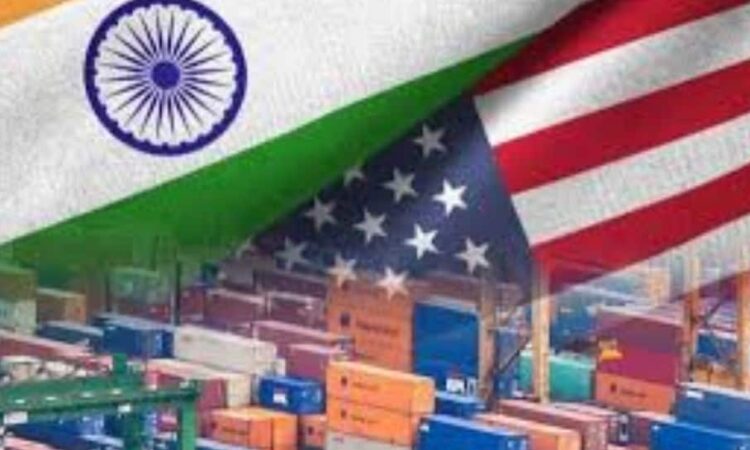India Sends $87 Billion Worth Of Goods To The US — But Is Getting Only ‘Paper Dollars’ In Return? | Economy News

New Delhi: For years, Indians have believed that the country’s booming exports to the United States reflect a win-win trade relationship. But a recent analysis by tech entrepreneur Balaji Srinivasan challenges that view. He argues that while India ships billions of dollars’ worth of real goods to the US, it receives “printed” dollars in return — money the US can create at will thanks to its global currency dominance. This imbalance, Balaji says, mirrors historic patterns where America leveraged its financial power to extract value from trading partners, and it raises urgent questions about how India should secure its economic future.
The Hidden Cost of India-US Trade
Technology entrepreneur Balaji Srinivasan has highlighted a striking reality about the financial dynamics of India-US trade. While many believe India benefits enormously from exporting to the US, Balaji argues the opposite — that the US effectively “rips off” India by paying for valuable Indian goods with freshly printed dollars.
The Trade Numbers Behind the Headlines
Official data for 2024 shows India exported around USD 87 billion worth of goods to the US, while importing about USD 42 billion. India also received an additional USD 45 billion in US dollars, which Balaji says was essentially created by the US Federal Reserve. In his view, India provides real, tangible goods while the US pays with “paper money” — a scenario reminiscent of past trade imbalances faced by countries like Vietnam.
The US sends India billions in printed dollars for valuable goods. This is actually the US government ripping off India, like it does Vietnam, and everyone else, including its own citizens…not vice versa.To be precise: last year India exported $87B of… https://t.co/jx8BKqgTUc pic.twitter.com/uo4dLOkCPf
— Balaji (balajis) September 1, 2025
The Power of the US Dollar as a Reserve Currency
This unequal trade pattern exists because the US dollar is the world’s reserve currency. America can print trillions, run massive deficits, and still settle international payments without consequences that other countries face. This privilege forms the backbone of what Balaji calls the American financial empire — a system built on global dominance in currency, data, and sanctions.
The Shifting US Strategy and Global Confusion
However, the US is now retreating from some aspects of its global empire. Under policies prioritizing domestic interests, trade and military commitments are being cut, foreign aid reduced, and inward focus increased. This shift creates confusion for many nations because America’s strength lies less in manufacturing and more in financial power, which is now being selectively withdrawn.
Why India and Other Nations Must Act
Balaji warns that India, Vietnam, and similar nations should not passively accept this uneven arrangement. Instead, the current trade tensions present a rare opportunity — a “Schelling Point” — to shift away from the US dollar. He suggests trading in local currencies and saving in hard assets like gold instead of US Treasury bonds to reduce dependence on America’s monetary policy.
The Road to Economic Sovereignty
Experts note that India’s total trade with the US reached USD 132 billion in FY 2025, with a goods trade surplus of about USD 41 billion and a total surplus of USD 44.4 billion including services. Yet much of this money flows back to the US through education, technology, and defense purchases. Balaji concludes that decoupling from the dollar — though difficult — could help countries like India secure long-term stability and reclaim economic sovereignty in a future of “global capitalism minus the American empire.”





